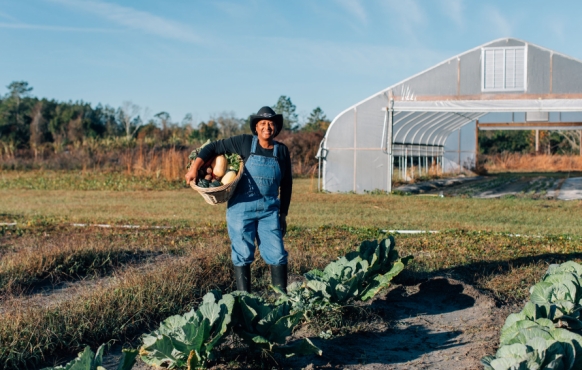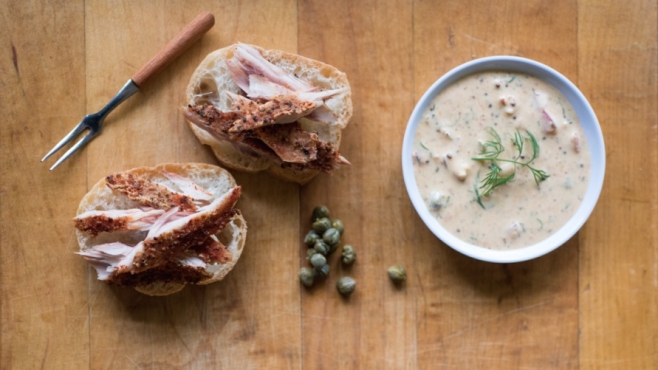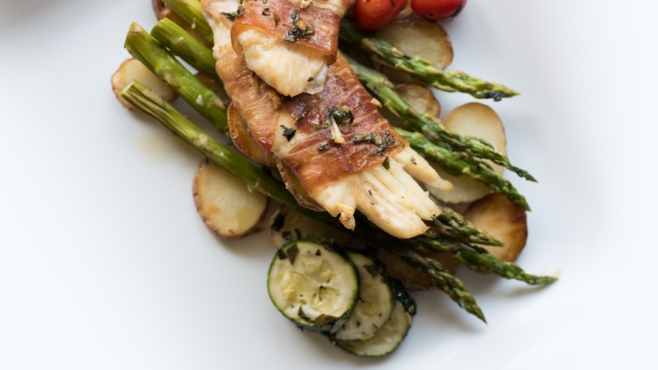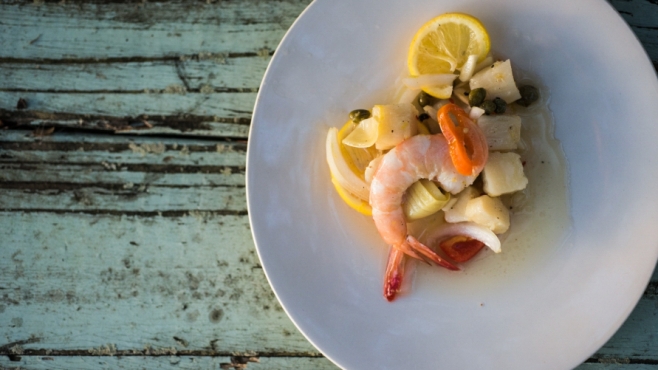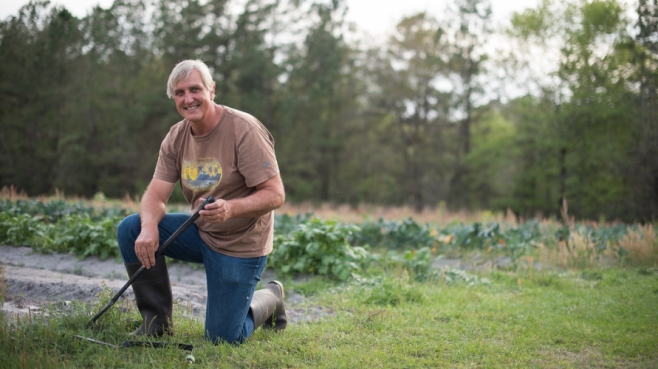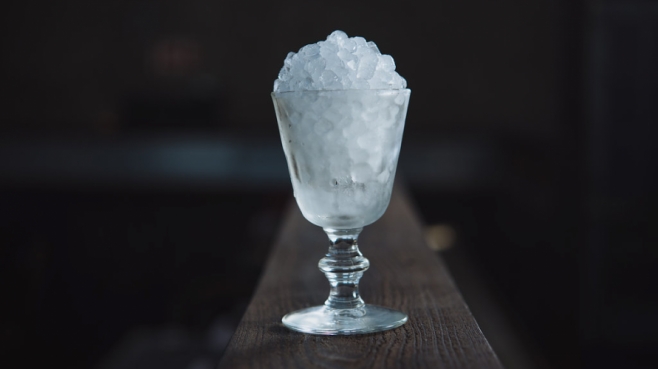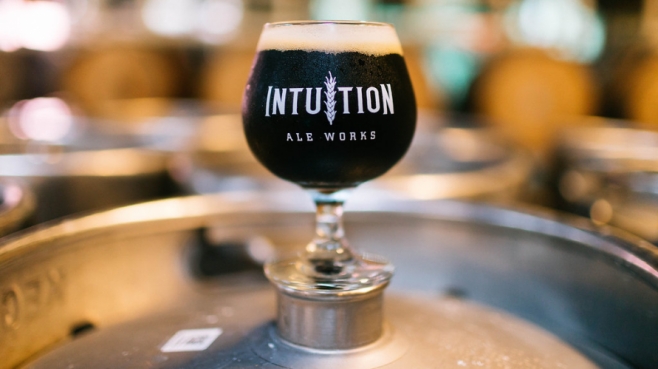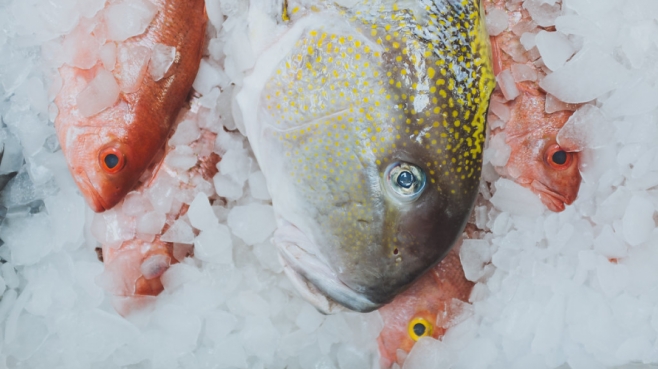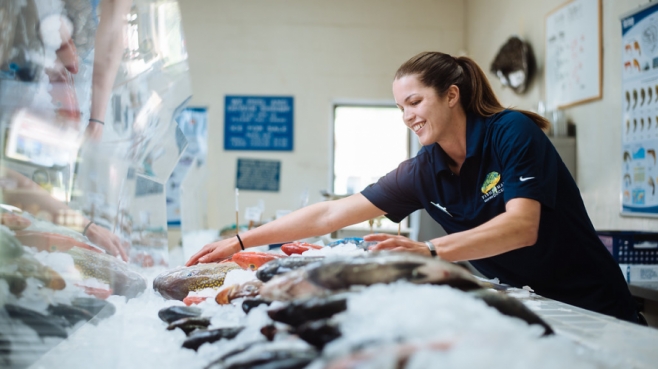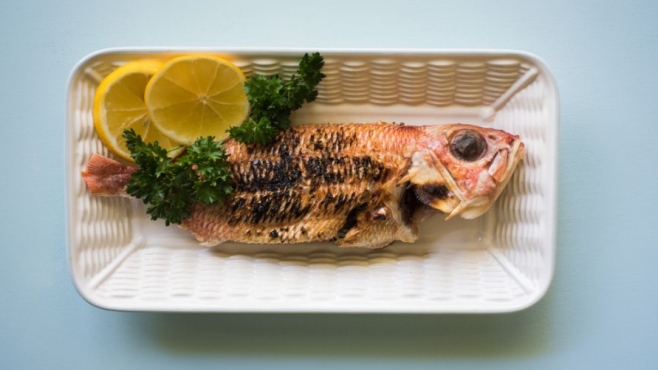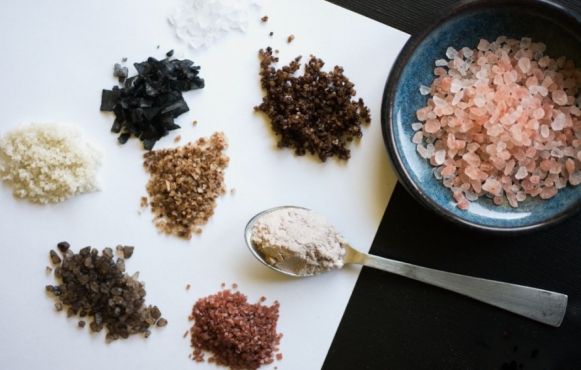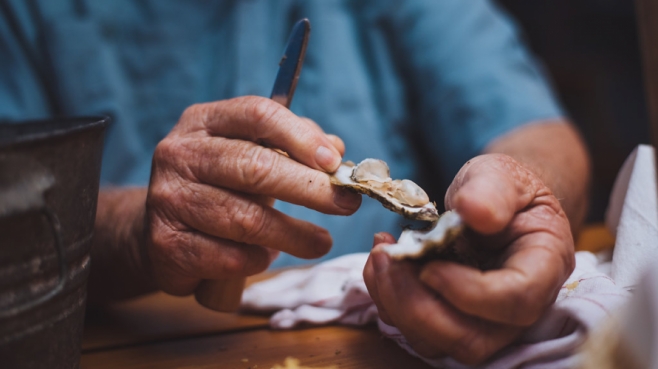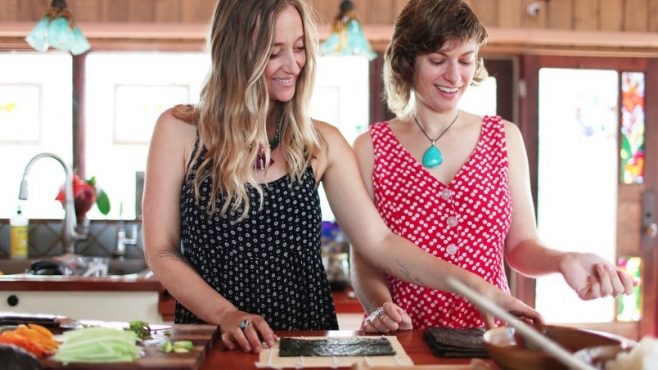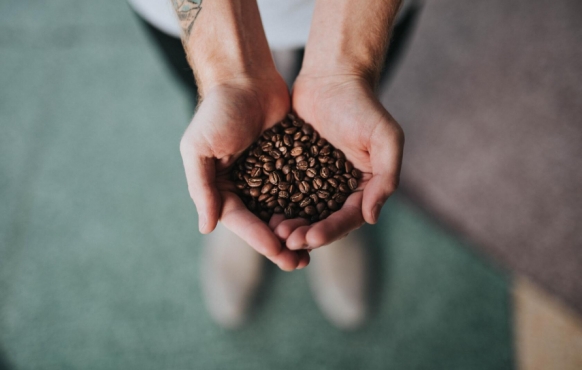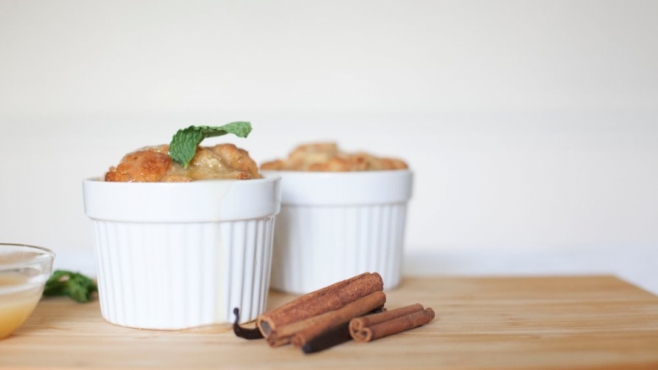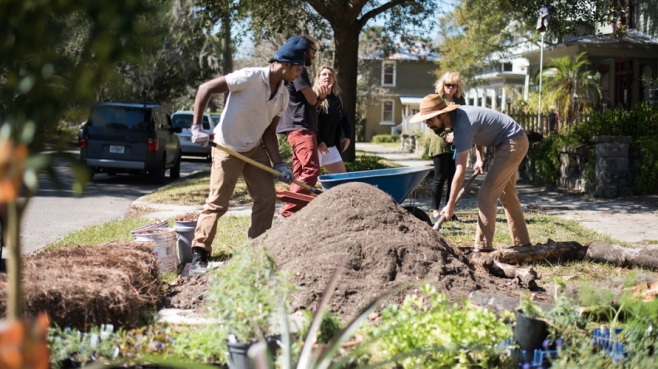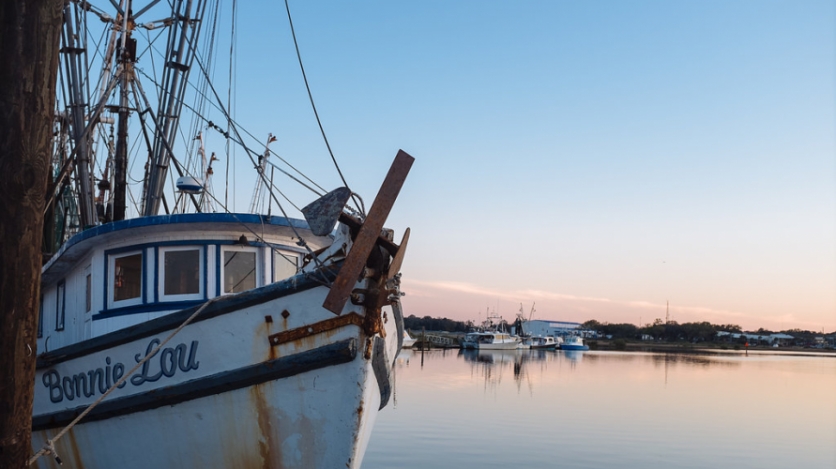
"We forget that the water cycle
and the life cycle are one."
– Jacques Cousteau
On a recent Sunday, I took a ride to the Orange Park Farmers’ Market. The 100-mile round-trip route from St. Augustine carried me over 14 bridges, underscoring the abundance of water in Northeast Florida. Starting from the ocean, I crossed the Intracoastal Waterway, the mighty St. Johns River and numerous creeks and branches (Governors Creek, Black Creek, Doctors Lake, Johnson Slough, Julington Creek, Cunningham Creek, Mill Creek, Kentucky Branch, Kendall Creek, Trout Creek, Wades Creek).
That was just the visible water I traversed. Underneath the entire state sits the Floridan Aquifer, the main source of ground water for this area. One can get a sense of liquid prosperity during the course of an average day’s travels throughout our region.
There’s a lot of talk these days about being more mindful of our water footprint, especially when it comes to producing what we eat. You might be surprised by how much is needed to grow and make our food. According to recent research, it takes about 1,000 gallons per person per day to produce the standard American diet — more than the global average waterfoot print of 900 gallons per person per day for diet, household use, transportation, energy and the consumption of material goods.
The stories in this issue look closely at the food we harvest from the sea, how we get the water we drink and why water is vital in the production of the things we eat. We showcase research on the health of local oysters and ways you can get involved to help rebuild their beds. Tired of the same old seafood choices? Read about some delicious alternatives you can find at your local fish market to support a more sustainable seafood industry. Learn about programs local farmers are implementing to conserve water use and reduce impact to the St. Johns River while growing our food. And finally, we go beyond your coffee cup, to the source of the beans, and explore the role water plays in creating one of our favorite daily elixirs.
I hope you enjoy this issue. And remember, as you think about what’s for dinner, make sure you appreciate how much water it takes to produce that meal.
**********


